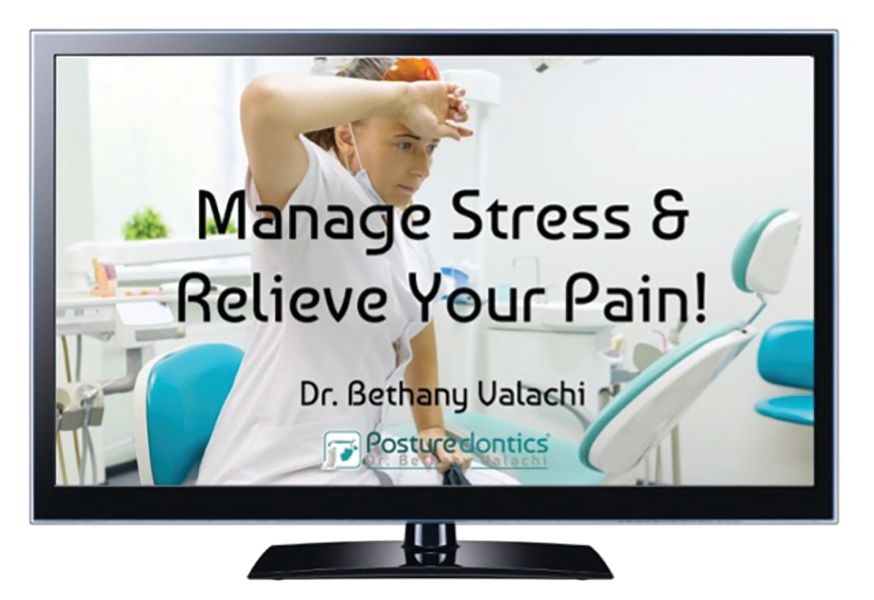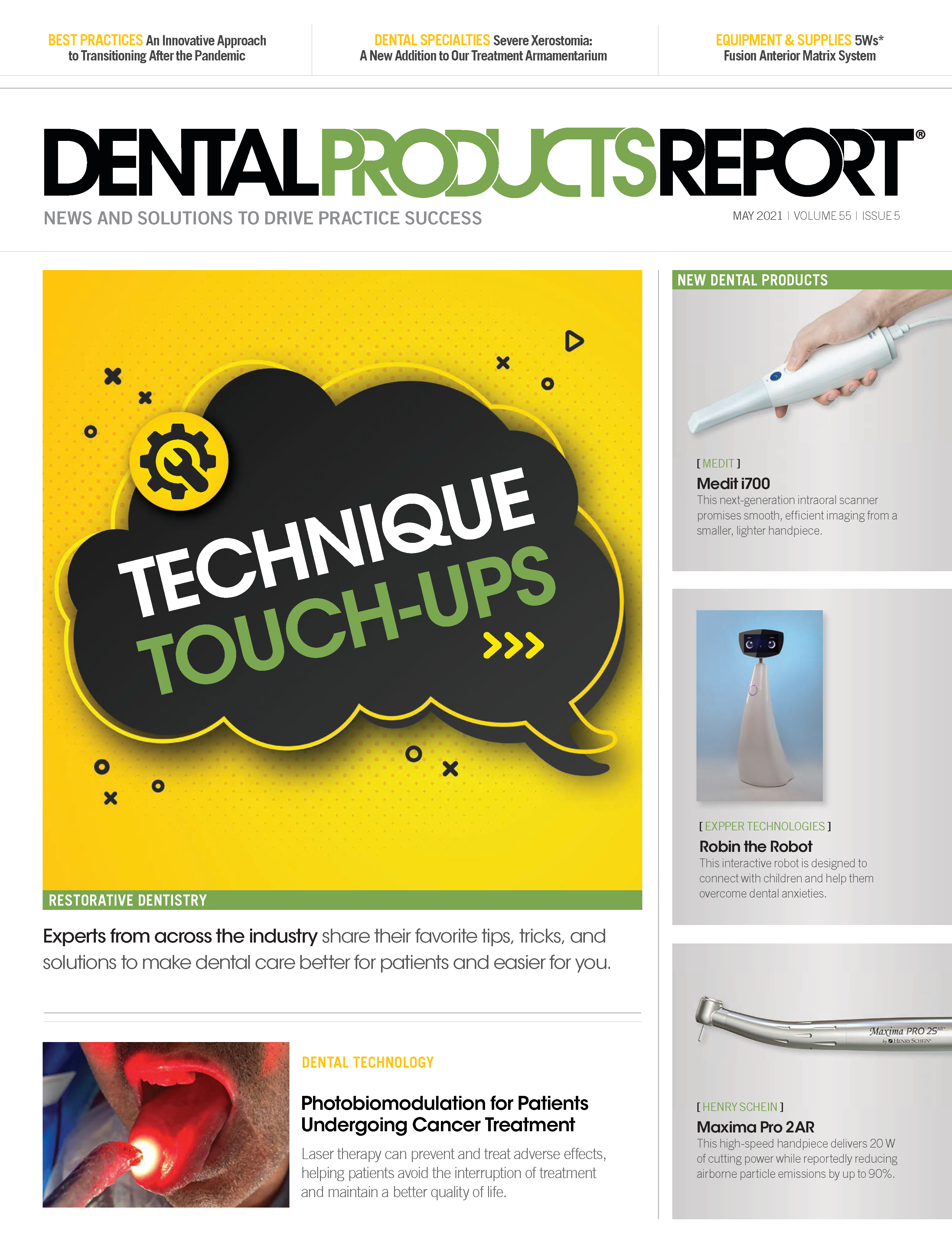Dear Bethany: Since the pandemic started, I’ve experienced much more stress. Do you have special techniques for dentists to better manage stress?
Dear Doctor: This is a great (and loaded) question. People react to identical stressors differently.
Not all occupational stressors can be eliminated, so it is important that dentists have coping strategies to defray the cumulative mental and physical effects of stress. Many use a variety of ways to manage stress; however, studies reveal approximately 25% of the profession do nothing.
Dentists who report having “personal harmony” have less occupational pain and may have better coping mechanisms to deal with stress. Dentists can benefit from learning techniques to decrease stress-related muscular tension, including both internal and external coping strategies. What follows are 4 evidence-based internal coping strategies that studies show can effectively de-escalate stress in the operatory.
Breathing Techniques
Breathing is easy, right? You’ve been doing it your whole life. However, improper breathing can contribute to panic attacks, anxiety, depression, muscle imbalances, tension headaches, and fatigue.
Manage Your Stress & Relieve Your Pain!
Studies now reveal a direct link between stress and physical pain! In this dynamic online course, Dr Valachi teaches the latest research-based interventions to down-regulate your sympathetic nervous system and reduce pain in the operatory.
Earn 1 CEU
DPR readers can receive 50% off the video course with this discount code: CEPROMO
Chest breathing is a shallow type of breathing associated with anxiety and stress. It is frequently unwittingly used in the operatory during procedures. During chest breathing, the chest expands outward, and the shoulders rise upward to take in air. The anterior neck muscles also assist with this type of breathing and can become shorter and tighter, especially among dental professionals who are already prone to this muscle imbalance. Because chest breathing is shallow, less oxygen is taken in, which can trigger the stress response as muscles become tense and deprived of oxygen.
On the other hand, abdominal (or diaphragmatic) breathing is a more natural type of breathing. This is the way that babies breathe. You do it when you sleep. The diaphragm is actively used to draw air deeply in and out of the lungs; hence, the body receives more oxygen. This type of breathing, when done slowly and regularly, can elicit a relaxation response of the central nervous system.
You can learn to do this by placing one hand over your stomach. Breathe in deeply, as though inflating a ball deep in your abdomen. You should feel your hand being pushed outward by the expansion of your stomach. Deep-breathing relaxation exercises are easily and discreetly performed chairside, often without your patients’ or colleagues’ awareness.
Progressive Relaxation
It is common in dentistry to subconsciously hold muscles in a contracted state—especially the neck and shoulder muscles. Progressive relaxation allows you to identify and quickly relax tense muscles. This is especially important in the upper trapezius muscle, which is particularly susceptible to emotional stress. Relaxation techniques have been shown to increase the number of natural killer cells in the body, thereby boosting immune function, and also help locate and distinguish between tense and relaxed muscles.
This practice is usually done with a guided audio recording, which takes you through the entire body, alternately tensing the muscle in a particular area for a few seconds and then allowing the muscle to relax. Eventually, you will learn to effectively detect where you are holding muscular tension in your body and quickly release it.
Visualization
If you have a good imagination, visualization may be a good relaxation tool for you. This is based on the idea that “you are what you think”—or more simply put, if you think of happy, relaxing scenarios, you will become happy and relaxed. Once again, it uses guided audio to create a “happy place” in your mind. And you may integrate numerous senses to the narration (touch, taste, smell, etc) to make the experience more effective.
Autogenics
Created by a German neurologist, autogenics creates powerful physiological sensations to verbal suggestions by involving the neuromuscular, vasomotor, cardiovascular, and respiratory systems. By repeating a phrase—for instance, “my left arm is heavy and warm”—blood flow is actually increased to that area and facilitated in the muscles.


